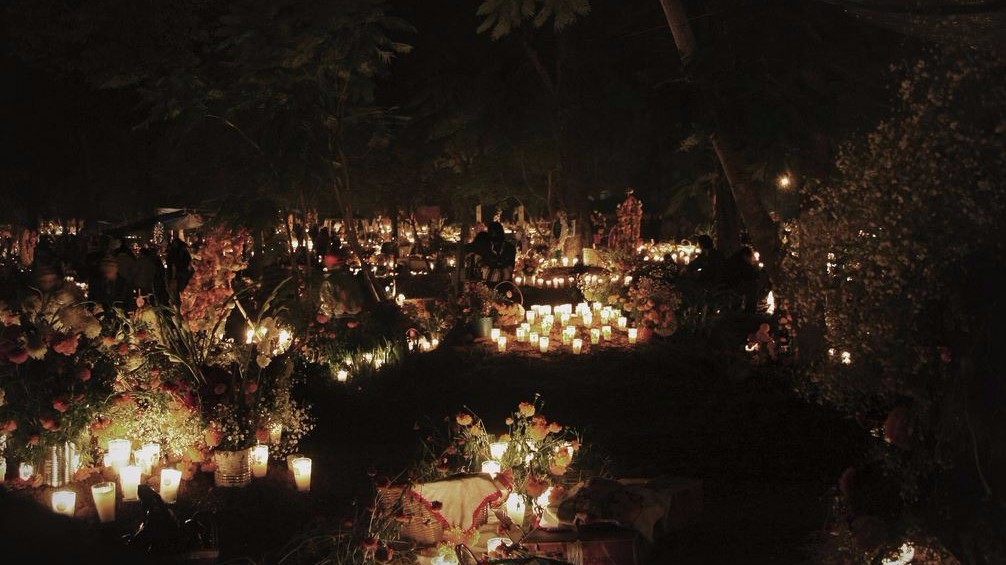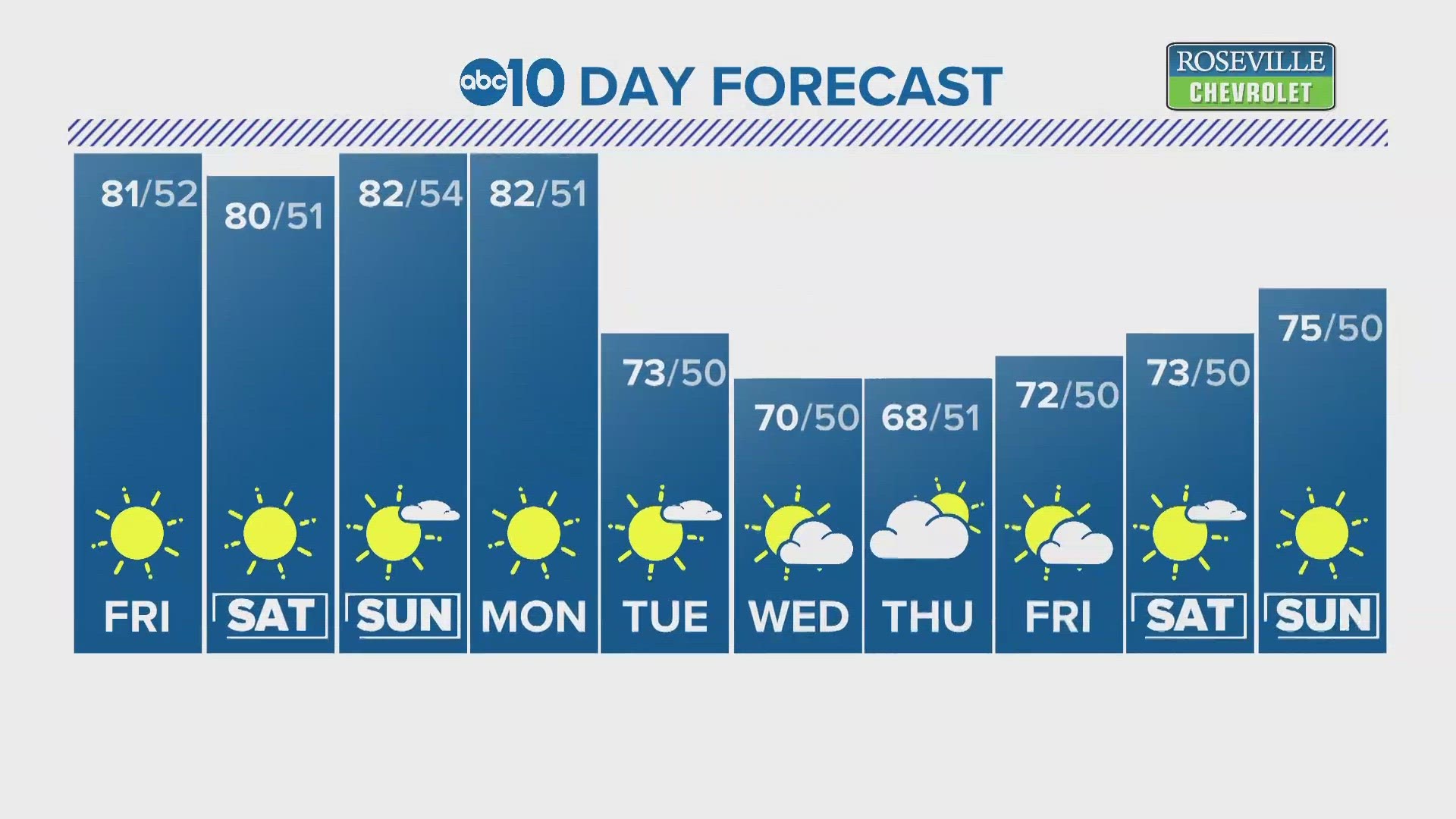Dia de los Muertos (Day of the Dead) is celebrated starting Nov. 1 and on Nov. 2. Day of the Dead is strongly associated with Mexico, but now is now celebrated around Central America, the United States and elsewhere.
It's a day to honor lost loved ones, a day not to grieve loss and instead celebrate life.
During the celebration, the altars are among the most important aspects and are usually inside people's homes or near tombstones.
According to reports, the altar's symbolism was brought to Mexico by the Spanish conquistadores.
When an altar is set up for a loved one, an ofrenda, also know as an offering, is placed on the altar. These offerings have a significant meaning that represent something to the person who has passed.
The ofrendas can be their favorite food, drinks, flowers, pan de muerto (bread of the dead) and more. You can pick and choose.
Below are some suggestions of typical ofrendas that you will see on an altar and their meaning:
1. Salt - continuance of life
2. Photographs- A photograph of the person who has passed
3. Pan de muerto- Also known as "bread of the dead"
4. Sugar skulls - symbolizes death and the afterlife
5. Marigolds- Also called cempasúchitl, are yellow-orange flowers that symbolize death. They are known for their strong fragrance that will help lead the dead back to their altars.
We want to see your altars. If you want to share your pictures with us, you can use #BeOn12, email pictures@12news.com or tweet me @ozzy_mora.


